Summary
- Bilbo’s jump scare reflects the corrupting power of The Ring
- Scene masterfully combines digital & practical effects for realism
- Childhood fear sustains lasting impact of haunting LotR moments.
In The Lord of the Rings: The Fellowship of the Ring, one particular moment continues to haunt audiences decades after its release. It’s a jump scare that perfectly encapsulates the corrupting power of the One Ring. While Peter Jackson’s film adaptations of J.R.R. Tolkien’s novels are filled with epic battles, twisted betrayals, and gruesome creatures, this scene stands out for its jarring tonal shift. Even in a place of safety, the Ring’s influence proves inescapable.
Set in Rivendell, the moment unfolds when Elija Wood’s Frodo Baggins, still recovering from his injuries, reunites with his uncle Bilbo, played by Ian Holm. The scene begins warmly, but when Bilbo notices the Ring and asks to see it one last time, a dark transformation occurs. Overcome by an uncontrollable desire, Bilbo’s face contorts into a monstrous form as he reaches for it, revealing sharp teeth and wild eyes—shocking both Frodo and audiences alike. This fleeting, horrifying image remains one of the most disturbing in Jackson’s trilogy, a stark reminder of how the Ring warps even the kindest hearts. However, the reason for its stronghold on the minds of LOTR fans goes even deeper.
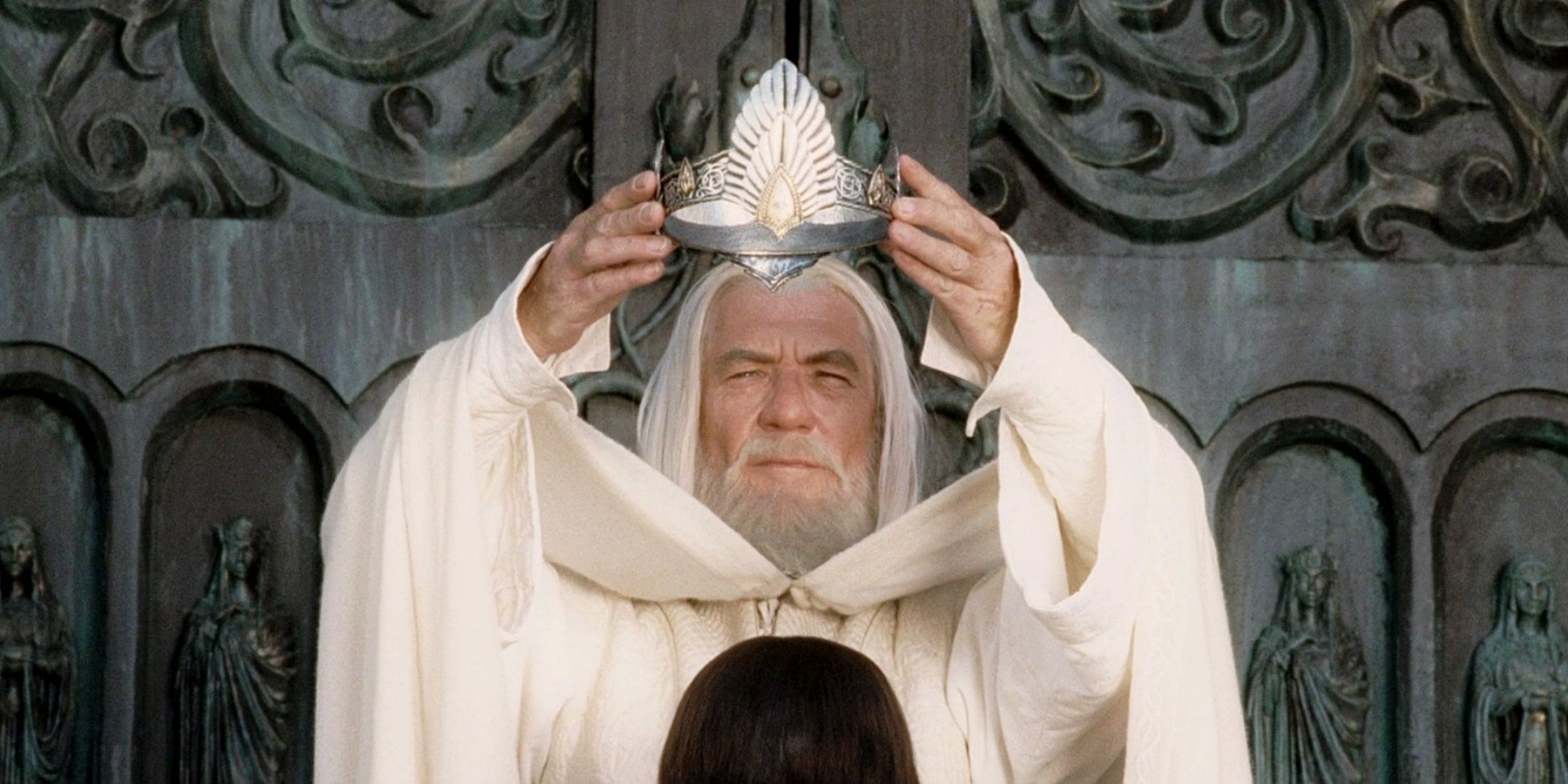
Related
Fan Turns Iconic Lord Of The Rings Scene Into A Medieval Manuscript
Pulling from Tolkien’s lore, one fan creates an impressive medieval manuscript inspired by a legendary Return of the King scene.
The Famous Bilbo Baggins Jumpscare
The Power of Practical and Digital Effects
The effectiveness of this scene is rooted in its seamless blend of practical and digital effects. Before the film’s release in 2001, VFX weren’t as advanced as what we see today, and that meant the use of both practical and digital across Jackson’s original trilogy—blending the techniques for a seamless tactile feel.
To achieve Bilbo’s terrifying transformation, the filmmakers used an animatronic model of Ian Holm’s face, which was then digitally enhanced to create the sudden, unnatural shift. The result is a moment that feels disturbingly real but also uncanny. As one Reddit user noted, “They digitally blended [the model] with a shot of the real Bilbo. That’s part of why it was so effective and creepy.”
Many acclaimed action films of recent years, including Denis Villeneuve’s Dune films, still use a mix of digital and practical effects, believing that the blend creates a more realistic feel than CGI alone.
Bilbo Facing His Own “Gollum”
Despite willingly giving up The Ring, Bilbo is still tethered to its influence. His brief loss of control in this scene reveals just how deeply the Ring’s corruption can run—even for a hobbit. This moment also serves as an unsettling foreshadowing of Gollum, aka Sméagol (Andy Serkis), who Frodo will encounter in The Lord of the Rings: The Two Towers. Bilbo’s sudden, grotesque appearance mirrors the twisted creature Gollum has become—both were once ordinary hobbits who fell under the Ring’s control. However, Gollum ultimately succumbs while Bilbo fights against its pull.
The scene suggests that if Bilbo had held onto the Ring for much longer, he may have met a similar fate. His strange outburst is a glimpse into the possible future that awaits all Ring-bearers, including Frodo. This duality—the small, kind-hearted hobbit momentarily revealing the same greed and obsession that defines Gollum—adds an extra layer of horror.
The sudden change in Bilbo’s demeanor speaks to a universal fear… the idea that something dark and uncontrollable lurks beneath the surface of every being, ready to emerge when least expected. This psychological aspect makes the scene so unsettling and, much like The Ring, ensures its enduring power.
“I’m sorry I brought this upon you, my boy. I’m sorry that you must carry this burden. I’m sorry for everything.” – Bilbo Baggins
Lingering Fear from Childhood Memories
For many who watched The Fellowship of the Ring at a young age, Bilbo’s transformation remains a truly scarring moment in their childhood movie experiences. The sudden shift from warmth to hostility is particularly impactful for younger audiences, who may not yet fully grasp the concept of corruption but instinctively fear the sinister visuals.
Fans have recounted how this brief but shocking scene stayed with them well into adulthood, proving that childhood fears persist and often reappear. This particular moment affects audiences more than any other Lord of the Rings scene, and it may be because it was many people’s first experience with a horror film-level jumpscare.
Other Scary Scenes in Peter Jackson’s Trilogy
While Bilbo’s lunge for the Ring is one of the most chilling moments in The Lord of the Rings, it is not the only scene that leaves audiences unsettled. With his background in B-movie horror films, Peter Jackson masterfully incorporates moments of terror throughout the trilogy. Many of these scenes also rely on sudden tonal shifts, grotesque imagery, and subconscious fears, making them as psychologically disturbing as they are visually terrifying.
- The Black Riders: The Nazgûl’s eerie shrieks and relentless pursuit of Frodo evoke classic horror tropes. Their chilling presence is amplified by their ghostly, decayed forms and their ability to instill pure terror in those who encounter them.
- The Mines of Moria: The buildup of dread, from the eerie silence to the sudden attack of the Orcs, culminates in the appearance of the Balrog. The sheer scale and fiery wrath of the ancient demon make it easily one of the most fearsome creatures in Middle-earth—strong enough to kill even Ian Mckellan’s Gandalf the Grey.
- Shelob’s Lair: In The Return of the King, Frodo’s encounter with Shelob, the monstrous spider, is straight out of a nightmare. The slow, creeping nature of Shelob’s approach makes this super nerve-wracking—especially for arachnophobes.
- Galadriel’s Dark Vision: When Galadriel (Cate Blanchett) is tempted by Frodo’s offer of the Ring, she momentarily transforms into a ghostly, terrifying figure, her voice echoing with supernatural power. This moment eerily mirrors the Bilbo jumpscare and serves as proof that no creature—even an elf as powerful as Galadriel—is stronger than The Ring.
Fear and Fascination in The Lord of the Rings
Ultimately, Bilbo’s scene, which has spawned its own memes, is more than just a jumpscare; it reflects The Lord of the Rings‘ decades-long enchantment of audiences. The effectiveness of the scene and the films at large lies in their ability to tap into deep-seated fears—fear of change, fear of corruption, and fear of the unknown. Much like the best horror films, the Bilbo moment relies on a sudden subversion of expectations, turning a reunion into something threatening.
The moment when Bilbo lunges for the Ring in The Fellowship of the Ring is a masterclass in tension and horror. As new generations revisit The Lord of the Rings, this brief but haunting scene remains an unforgettable testament to the lasting impact of Tolkien’s world and Peter Jackson’s cinematic vision.
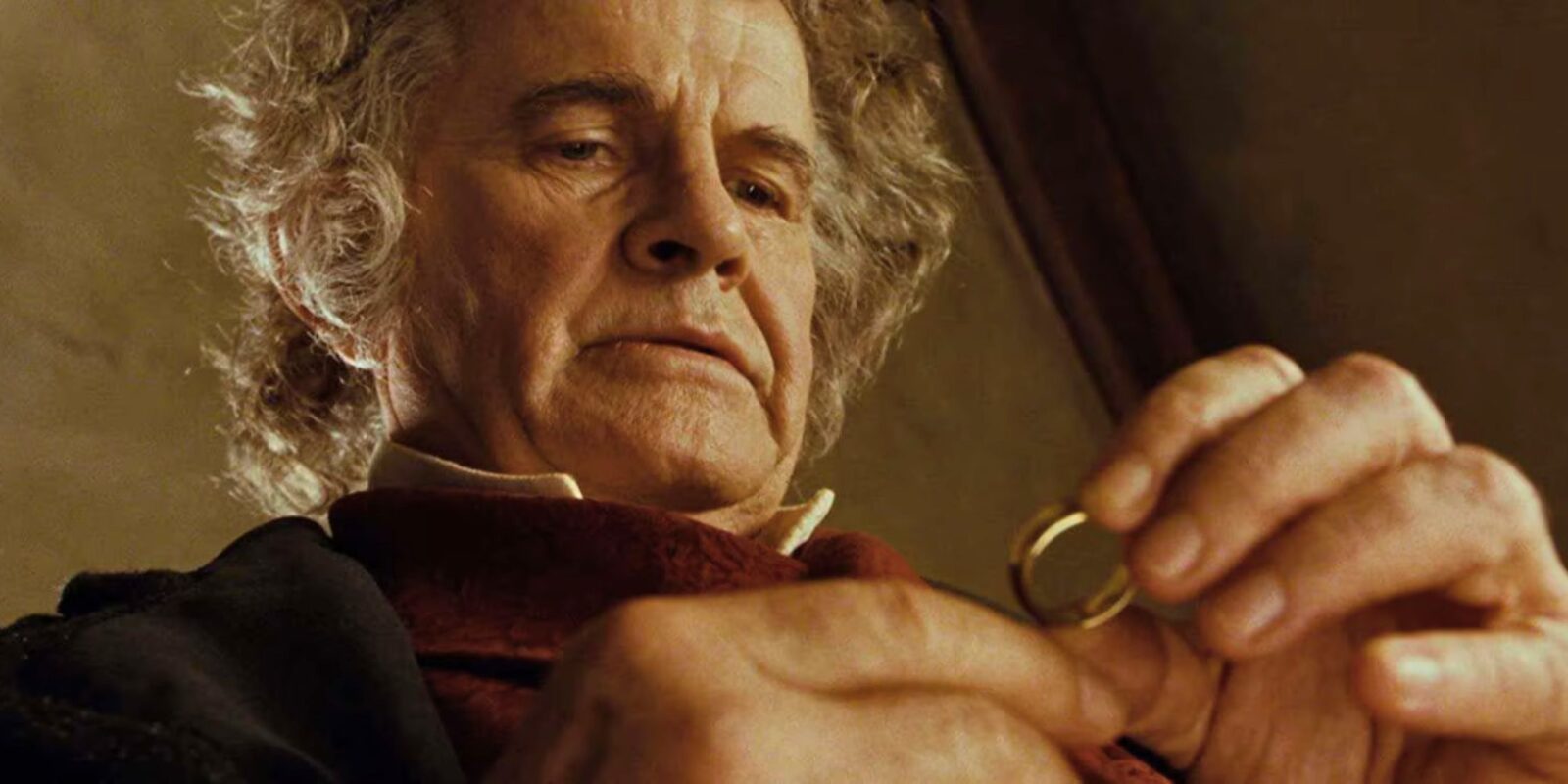

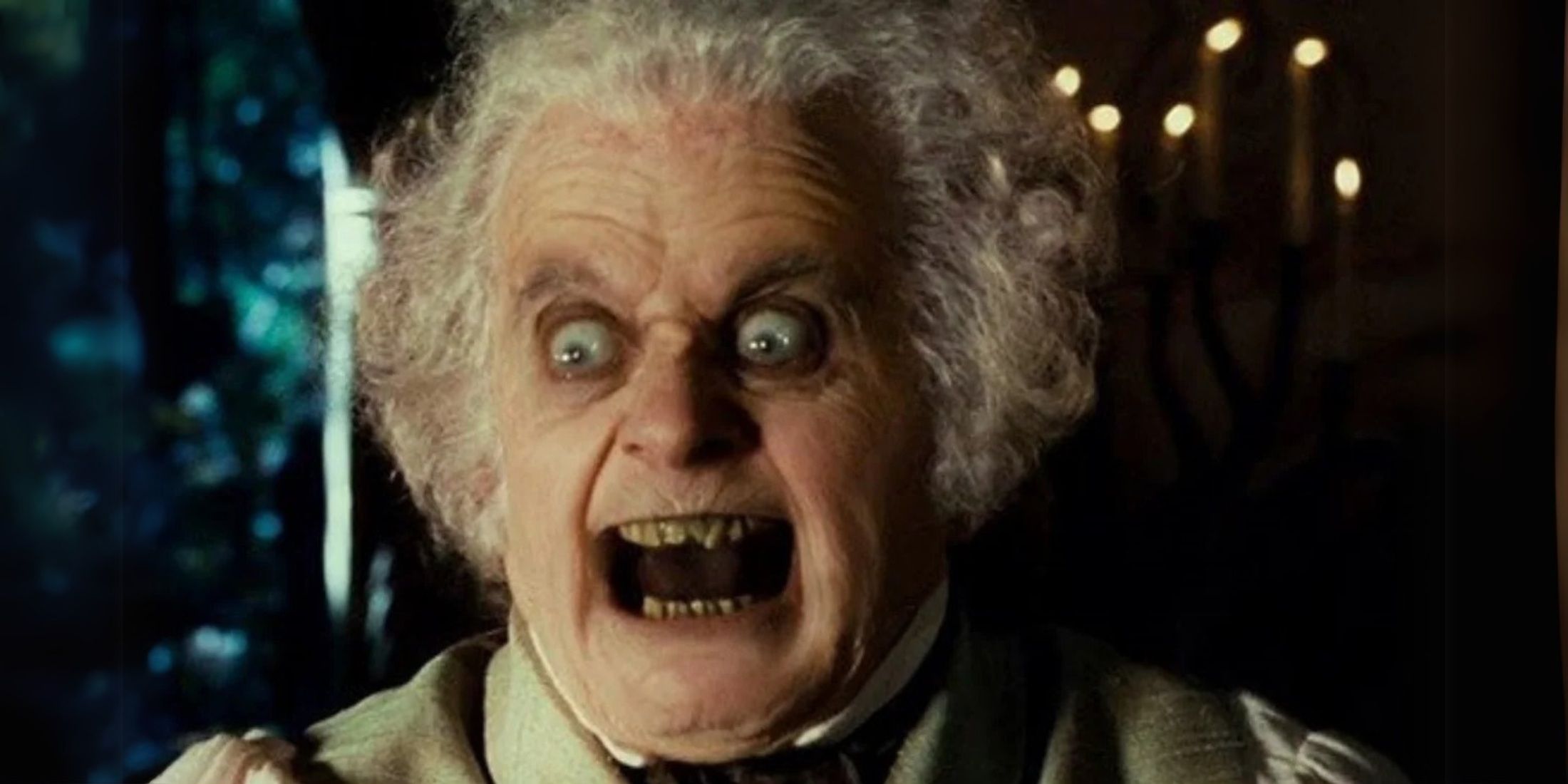
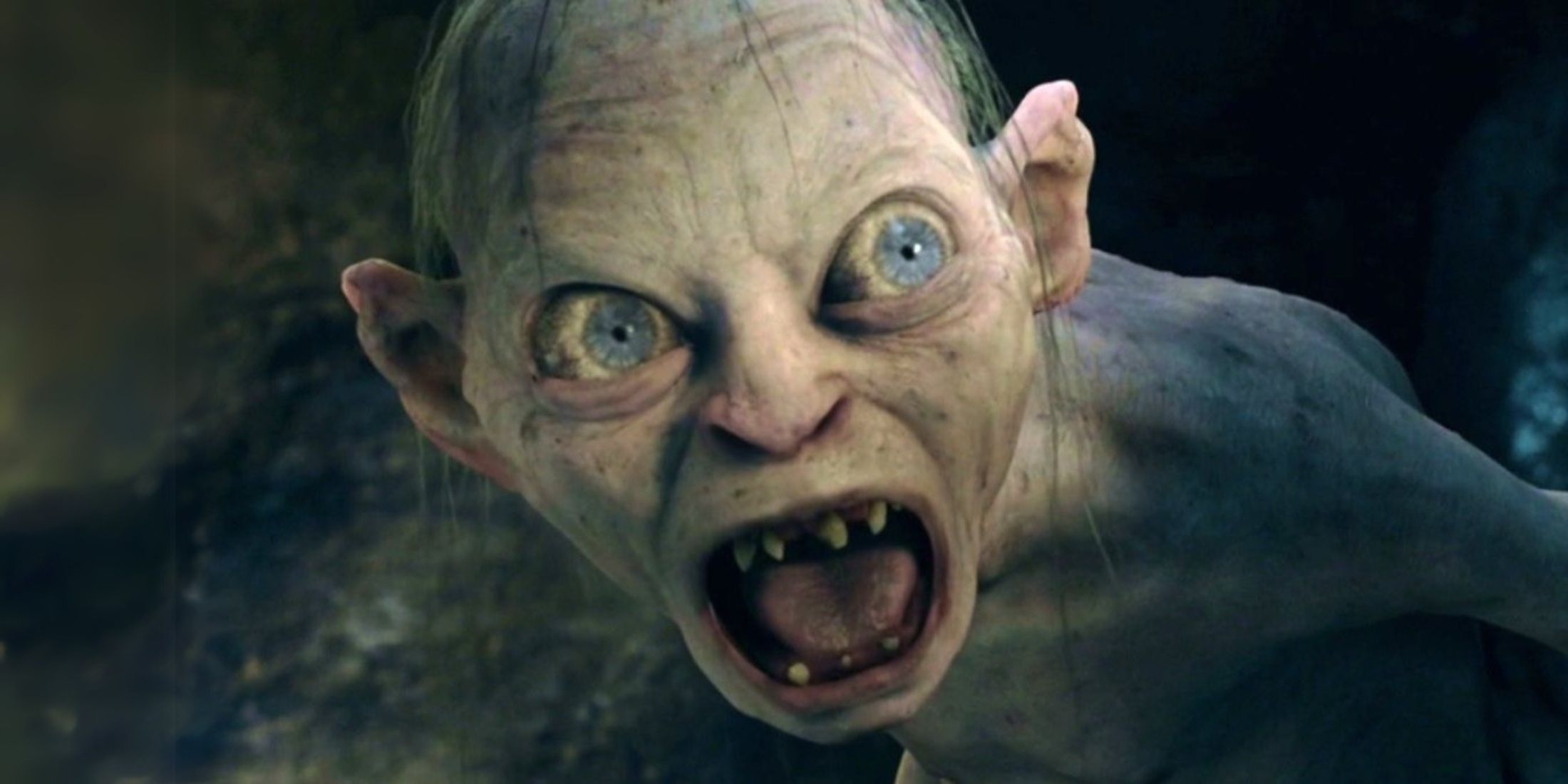
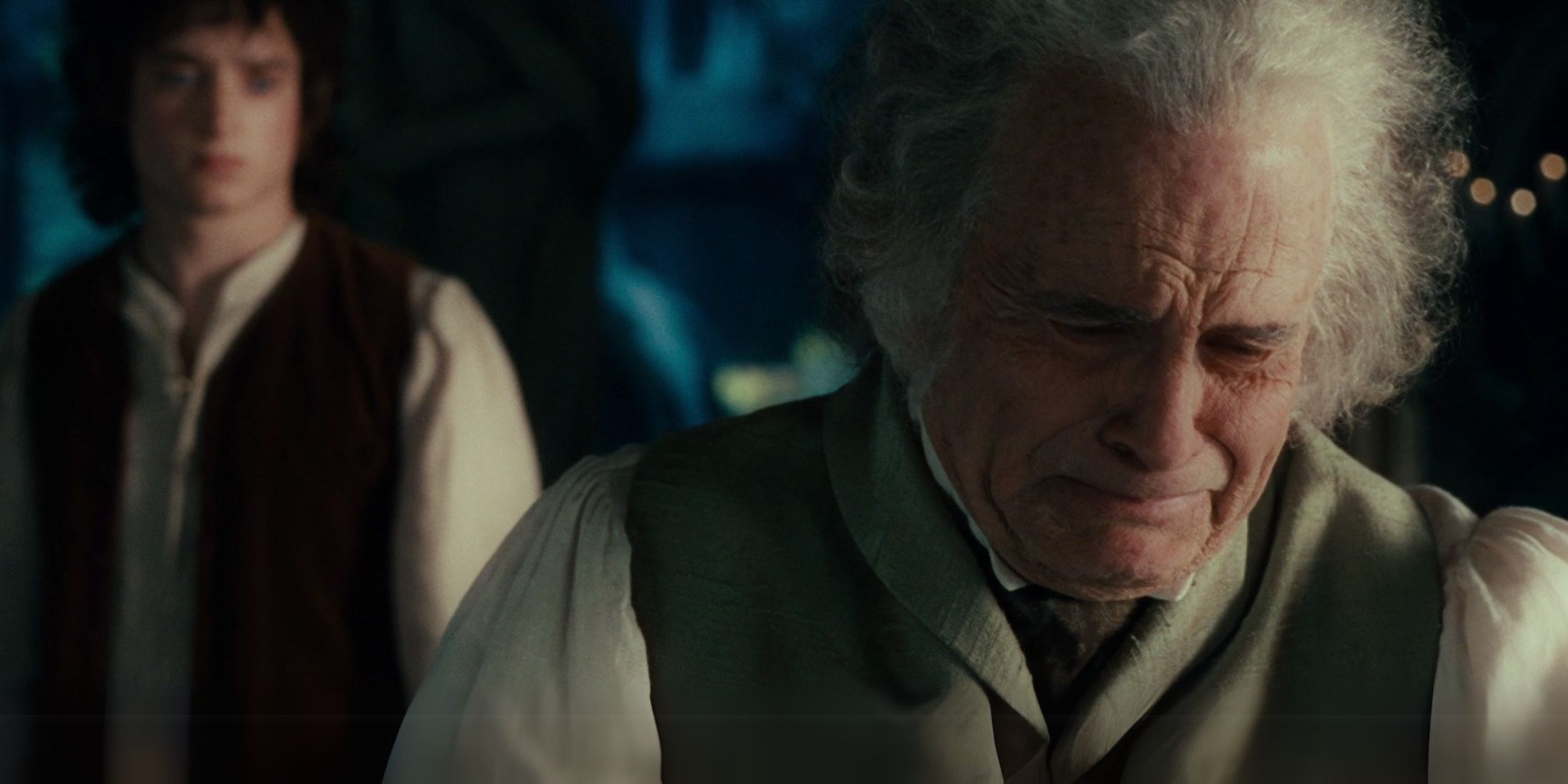
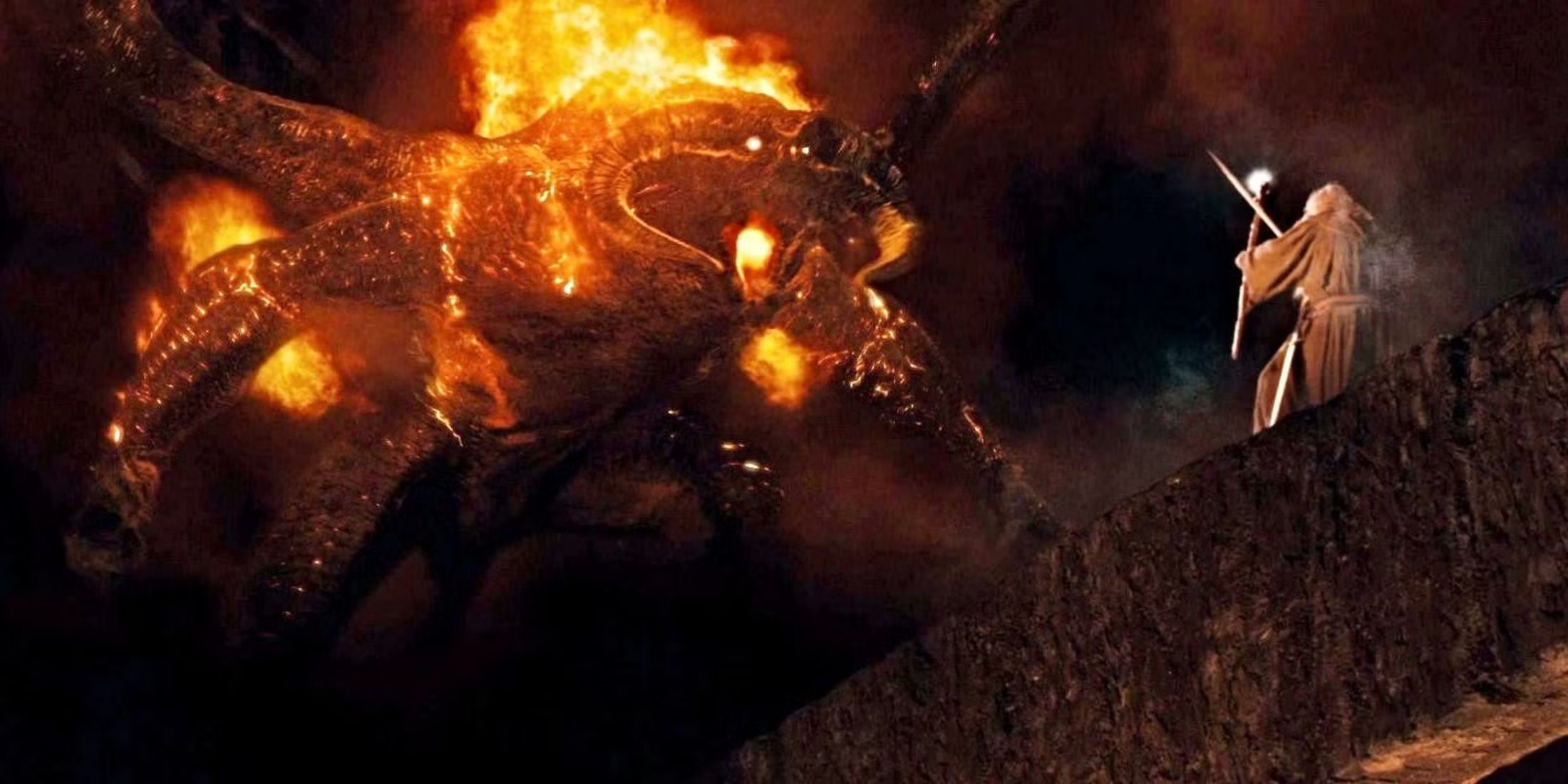
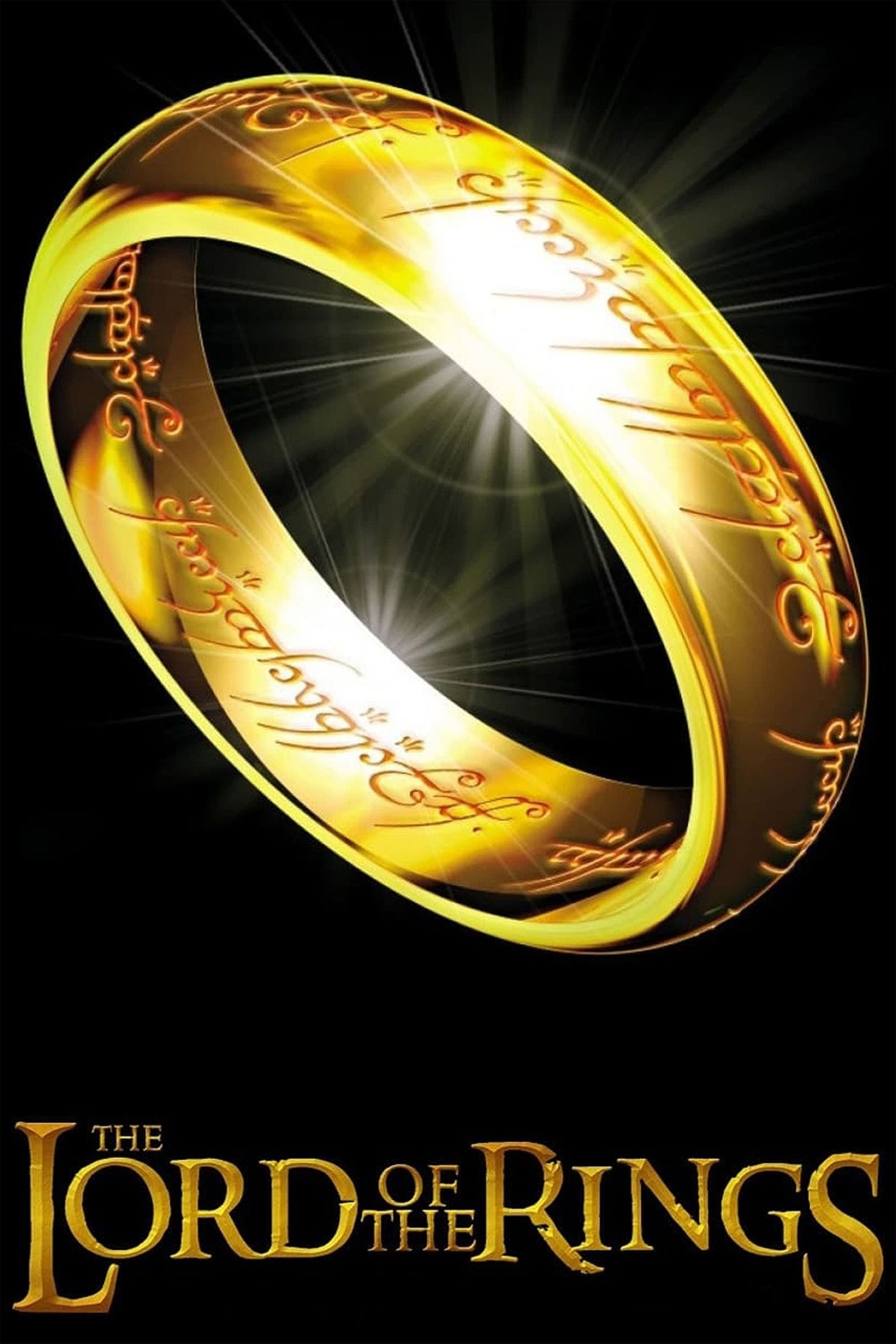
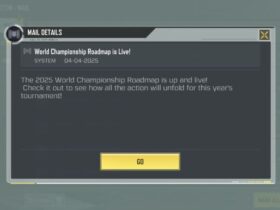


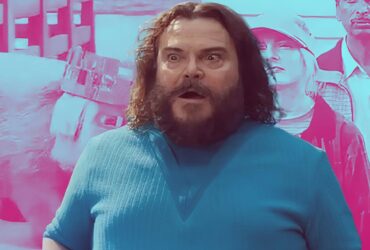
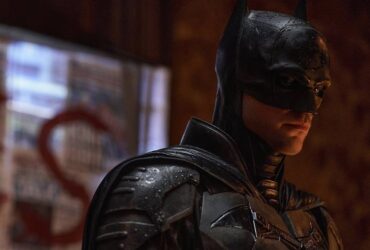
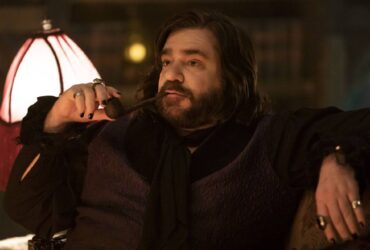

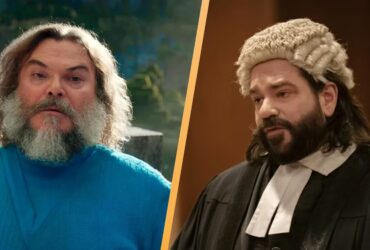
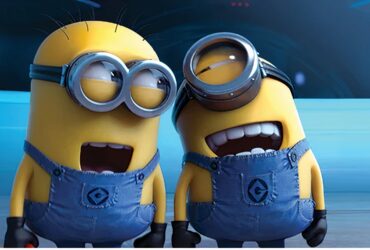
Leave a Reply